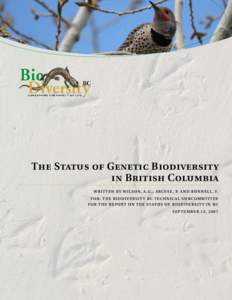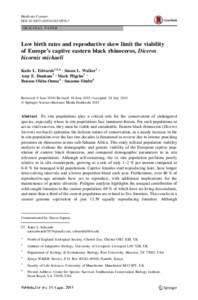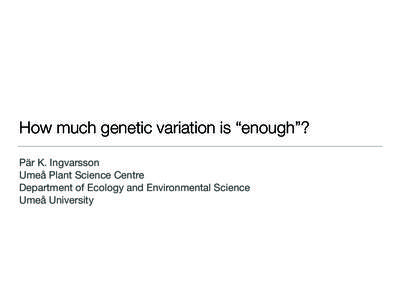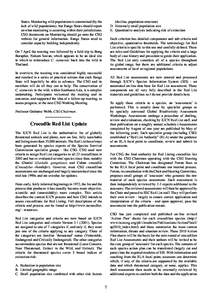<--- Back to Details
| First Page | Document Content | |
|---|---|---|
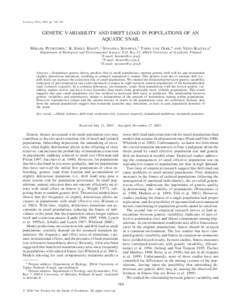 Date: 2004-04-28 05:25:40Philosophy of biology Genetics Polymorphism Mutational meltdown Genetic drift Population bottleneck Small population size Inbreeding Natural selection Population genetics Evolutionary biology Biology |
Add to Reading List |
 Evolution, 58(4), 2004, pp. 749–756 GENETIC VARIABILITY AND DRIFT LOAD IN POPULATIONS OF AN AQUATIC SNAIL MIKAEL PUURTINEN,1 K. EMILY KNOTT,2 SUSANNA SUONPA¨A¨,3 TAPIO
Evolution, 58(4), 2004, pp. 749–756 GENETIC VARIABILITY AND DRIFT LOAD IN POPULATIONS OF AN AQUATIC SNAIL MIKAEL PUURTINEN,1 K. EMILY KNOTT,2 SUSANNA SUONPA¨A¨,3 TAPIO